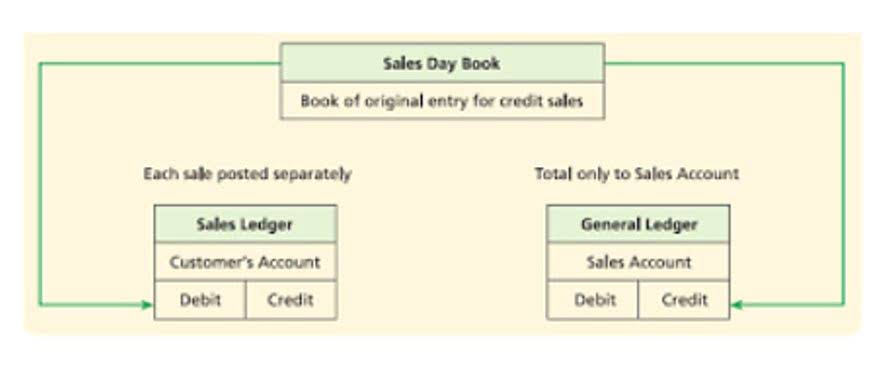Change in Net Working Capital NWC Formula + Calculator

It’s vital to work with suppliers and financiers to win better payment terms. The increase in the inventory has been matched by a corresponding increase in accounts payable so the net change in working capital is zero, and the corresponding cash flow from the business is zero. For example, if company ABC has $15k in accounts payable, $2k in accrued liabilities, and $10k due on a working capital loan this year, then that company would have $27k in current liabilities. Lenders are likely to consider net working capital when a company is applying for a small business loan to determine if the firm is financially strong enough to take on the debt payments. • Negative net working capital occurs when current liabilities exceed current assets and suggests liquidity issues.
- If the company’s Inventory increases from $200 to $300, it needs to spend $100 of cash to buy that additional Inventory.
- The Change in WC has a mixed/neutral effect on Best Buy, reducing its Cash Flow in some years and increasing it in others, while it always increases Zendesk’s Cash Flow.
- It is a measure of a company’s liquidity and its ability to meet short-term obligations, as well as fund operations of the business.
- The best rule of thumb is to follow what the company does in its financial statements rather than trying to come up with your own definitions.
- Examples of current liabilities include accounts payable, short-term debt payments, or the current portion of deferred revenue.
What Is Change in Net Working Capital?
Learn financial statement modeling, DCF, Cash Flow Management for Small Businesses M&A, LBO, Comps and Excel shortcuts. The change in NWC comes out to a positive $15mm YoY, which means the company retains more cash in its operations each year. In the absence of further contextual details, negative net working capital (NWC) is not necessarily a concerning sign about the financial health of a company.

Free Financial Modeling Lessons
The net working capital (NWC) is the difference between the total operating current assets and operating current liabilities. This value can be positive or negative, depending on the condition of the business. If it is positive, implying more of assets than liabilities, it is good for the company, since it has more funds to pay off its current debts.

What is Negative Net Working Capital?
- A company can improve its working capital by increasing current assets and reducing short-term debts.
- Cash flow looks at all income and expenses coming in and out of the company over a specified time period, providing you with the big picture of inflows and outflows.
- A positive working capital figure (sometimes referred to as net working capital) generally means you have enough short-term assets to cover your short-term debts.
- To tie this together, the “change” determines whether current operating assets or liabilities increase.
- The net working capital calculation is an essential financial metric used to measure the deviation or divergence between an entity’s current assets and current liabilities.
An increase in the balance of an operating asset represents an outflow of cash – however, an increase in an operating liability represents an inflow of cash (and vice versa). To calculate the change in net working capital (NWC), the current period NWC balance is subtracted from the prior period NWC balance. In fact, cash and cash equivalents are more related to investing activities, because the company could benefit from interest income, while debt and debt-like instruments would fall into financing activities. The reason is that cash and debt are both non-operational and do not directly generate revenue. The best rule of thumb is to follow what the company does in its financial statements rather than trying to come up with your own definitions. For example, consider the following hypothetical excerpt from a company’s balance sheet.
- How do we record working capital in the financial statementse.g I borrowed 200,000.00 Short term long to pay salaries and other expenses.
- Also, we have excluded the net cash at the bottom of the cash flow statement because we do not use cash as working capital.
- It might indicate that the business has too much inventory or isn’t investing excess cash.
- Suppose an appliance retailer mitigates these issues by paying for the inventory on credit (often necessary as the retailer only gets cash once it sells the inventory).
- The change in working capital formula is straightforward once you know your balance sheet.
- Understanding how much working capital you need is essential for keeping your business operating smoothly while also having enough cash to invest in future growth.
Conceptually, the operating cycle is the number of days that it takes between when a company initially puts up cash to get (or make) stuff and getting the cash back out after you sell the stuff. For example, if it takes an appliance retailer 35 days on average to sell inventory and another 28 days on average to collect the cash post-sale, the operating cycle is 63 days. The quick ratio—or “acid test ratio”—is a closely related metric that isolates only the most liquid assets, such as cash and receivables, to gauge liquidity risk. The working capital metric is relied upon by practitioners to serve as a critical indicator of liquidity risk and operational efficiency of a particular business. It measures how net working capital much working capital has changed over time and can provide insights into a company’s liquidity, efficiency, and financial health. Monitoring changes in working capital is one of the key tasks of the chief financial officer, who can alter company practices to fine-tune working capital levels.

Financial Reporting
- Consequently a change in working capital is any net change in current assets and current liabilities over an accounting period.
- Monitoring changes in working capital is essential for businesses because it provides insights into their liquidity, operational efficiency, and ability to meet short-term financial obligations.
- It also separates current assets and current liabilities into two sections, and creates a final total for net working capital.
- Any change in working capital can affect cash flow, which is the net amount of cash and cash equivalents being transferred in and out of a company.
- When compared to working capital, it offers a clearer and more detailed representation of a business’s financial health.
- An increase in net working capital typically suggests improved liquidity, while a decrease could indicate potential liquidity problems.
It also separates current assets and current liabilities into two sections, and creates a final total for net working capital. It may also create another line to calculate the increase or decrease of net working capital in the current period from the previous period. It reflects the fluctuations in a company’s short-term assets and liabilities. It retained earnings shows how efficiently a company manages its current resources, such as cash, inventory, and accounts payable. Positive changes indicate improved liquidity, while negative changes may suggest financial strain. It represents the difference between current assets and current liabilities.


Leave a reply